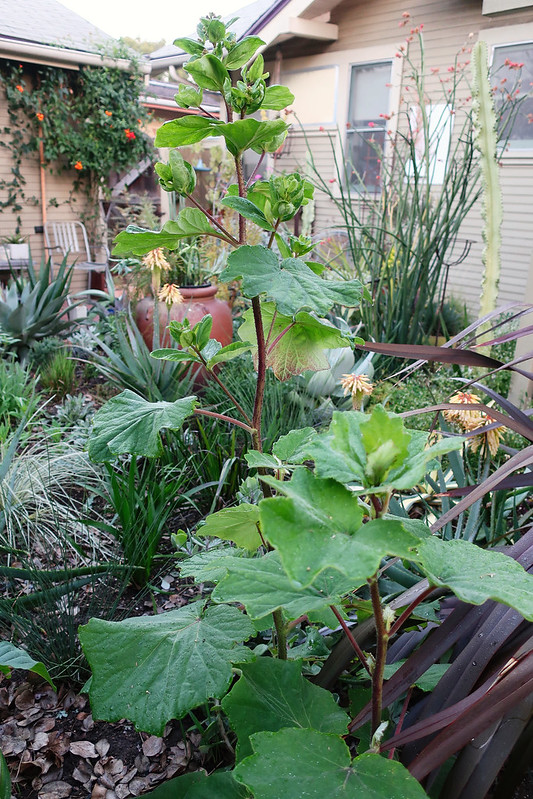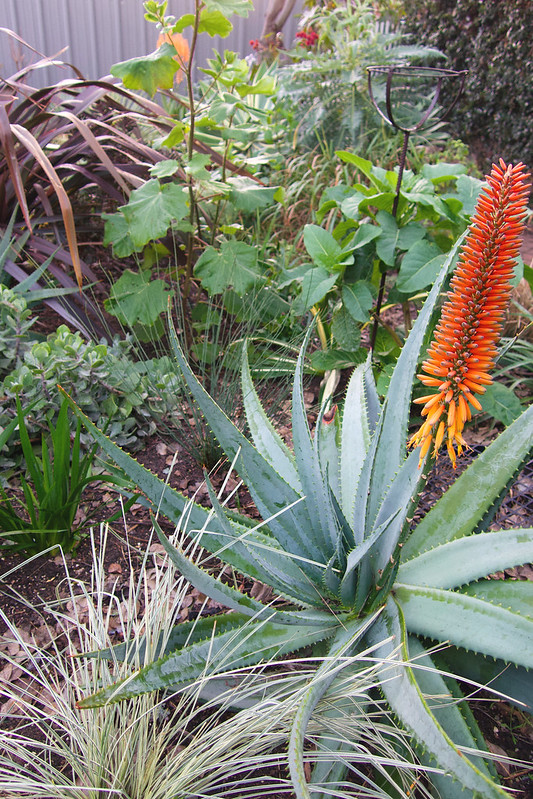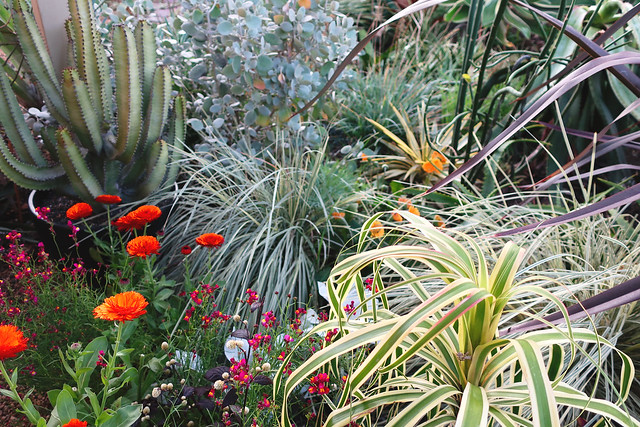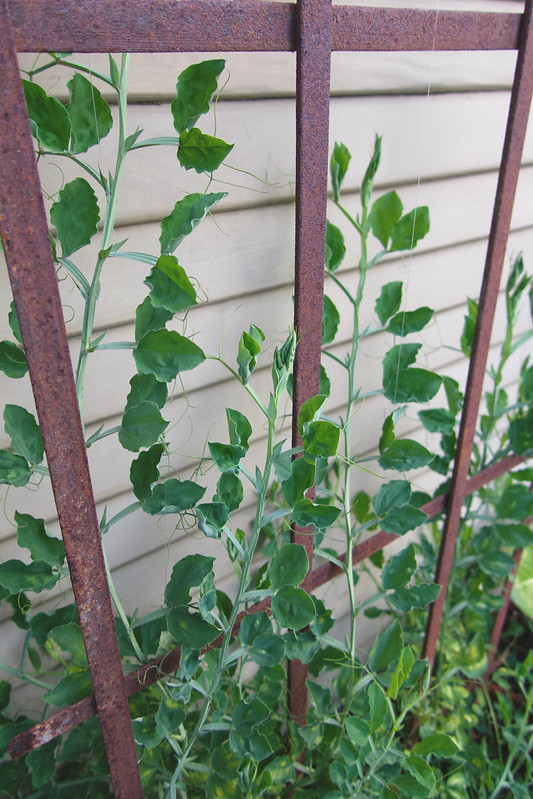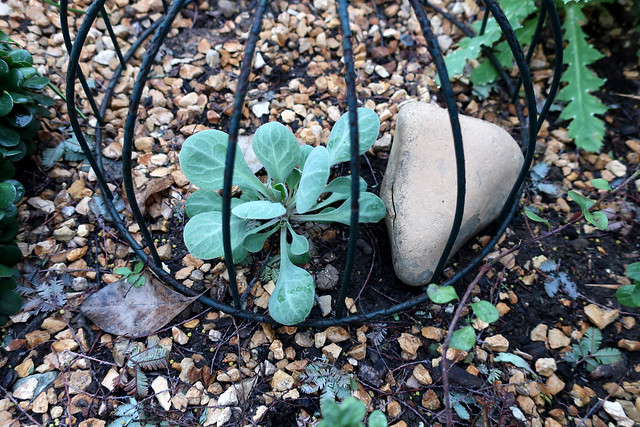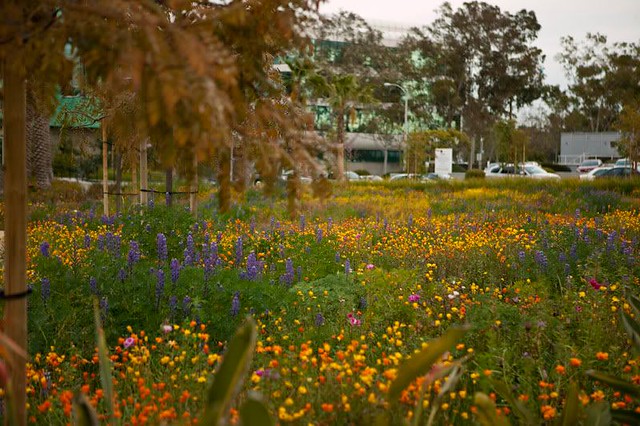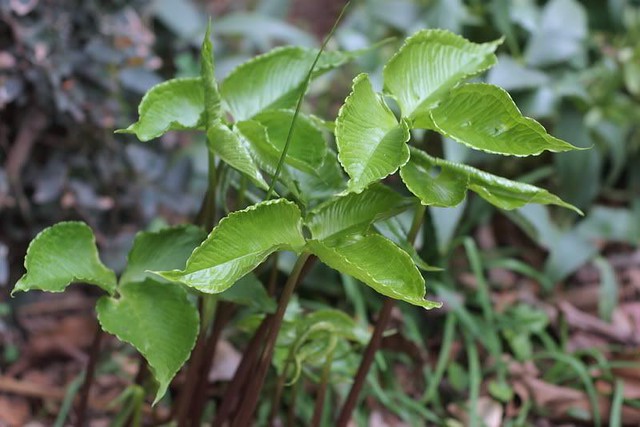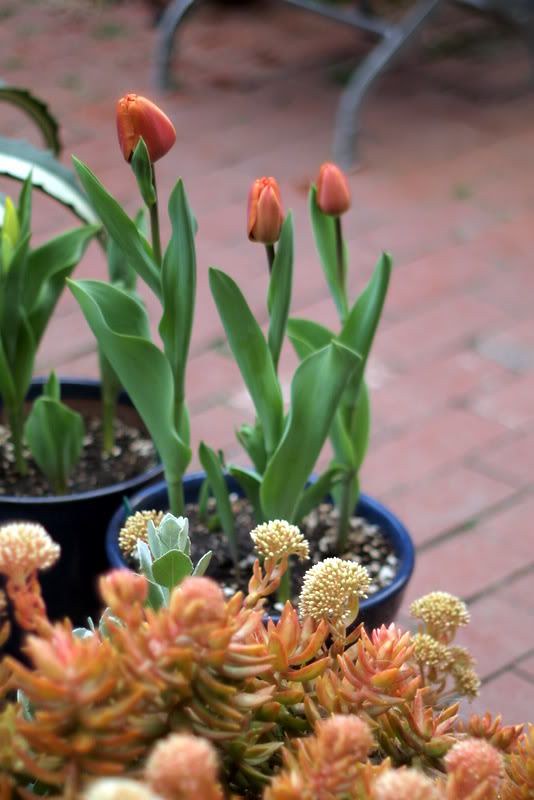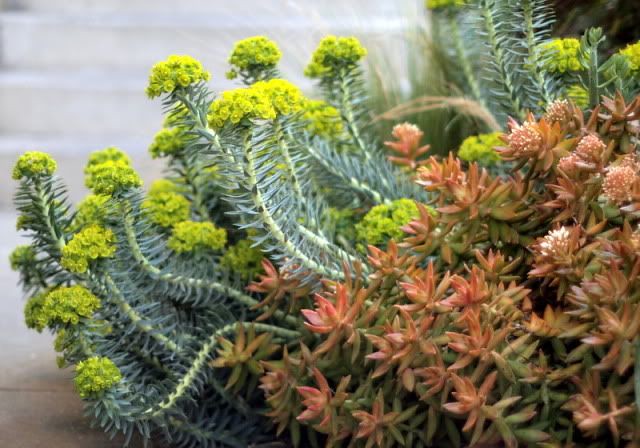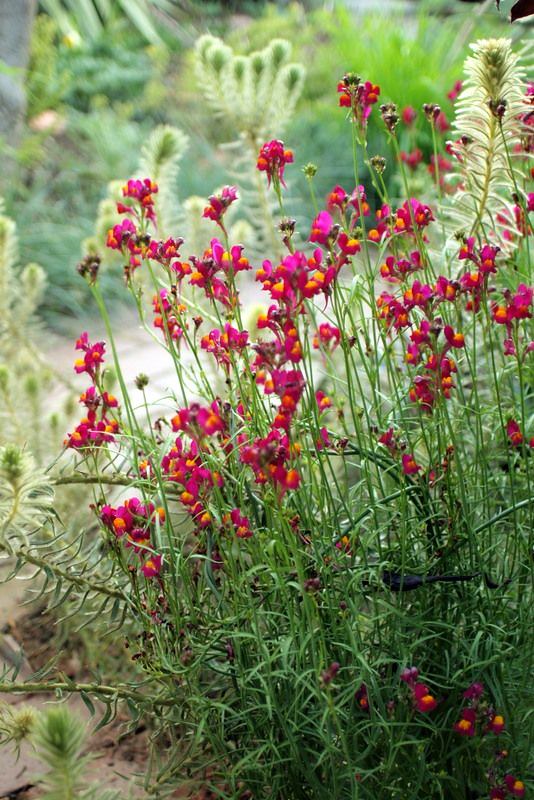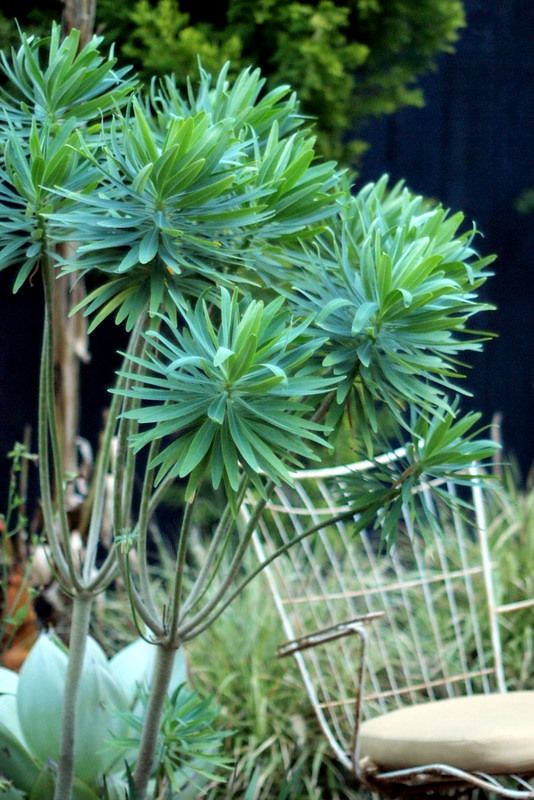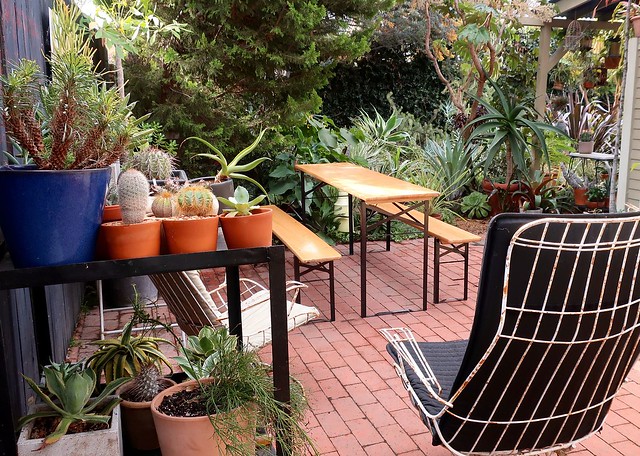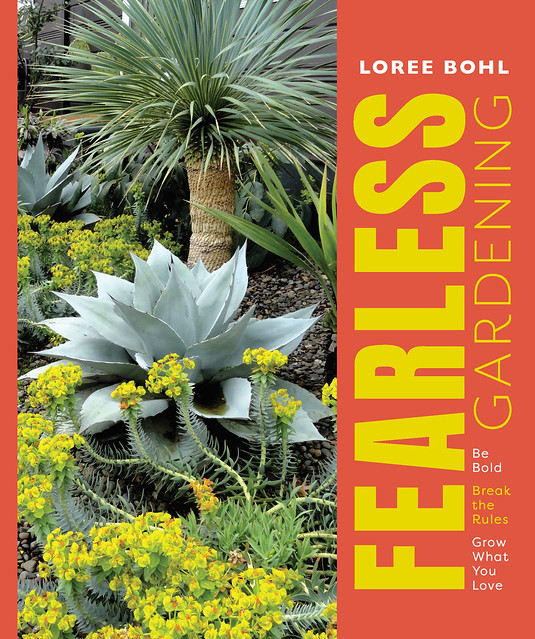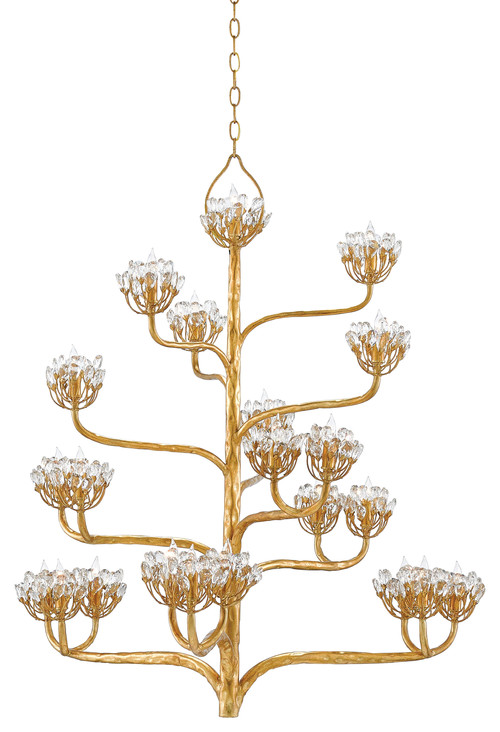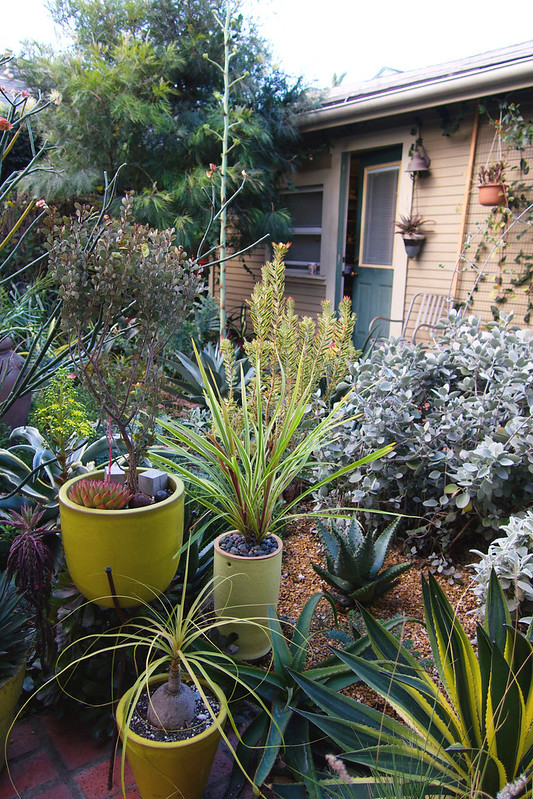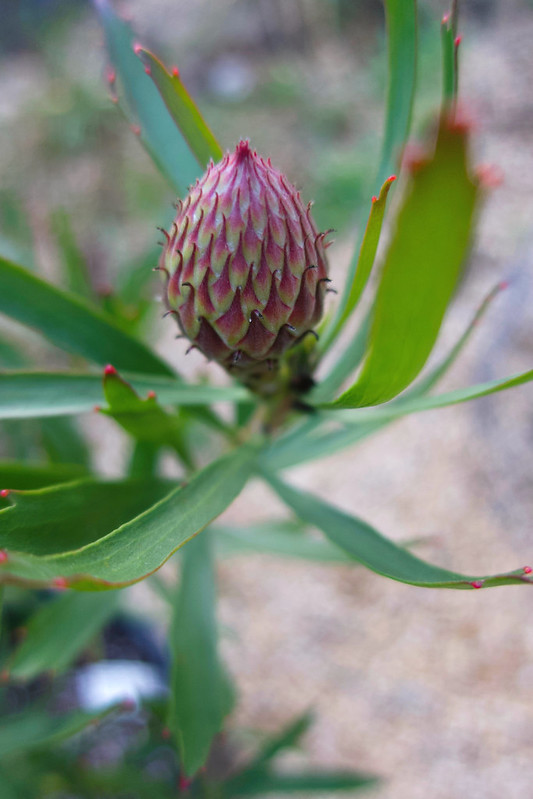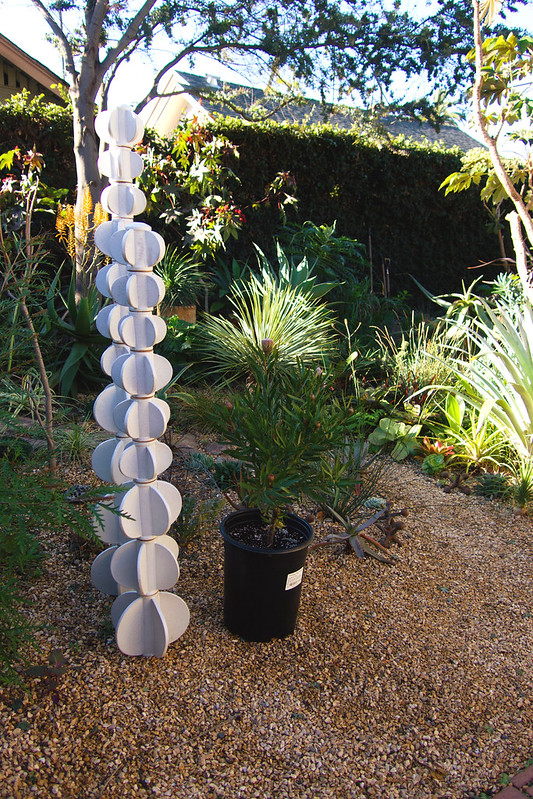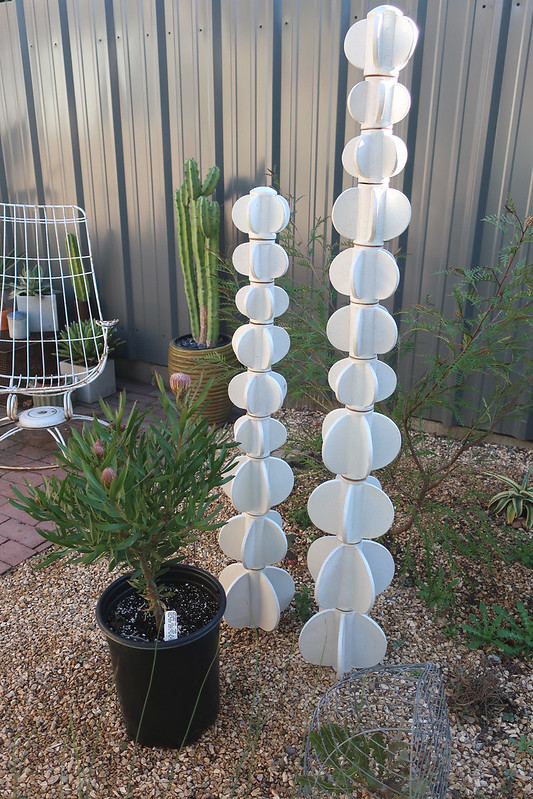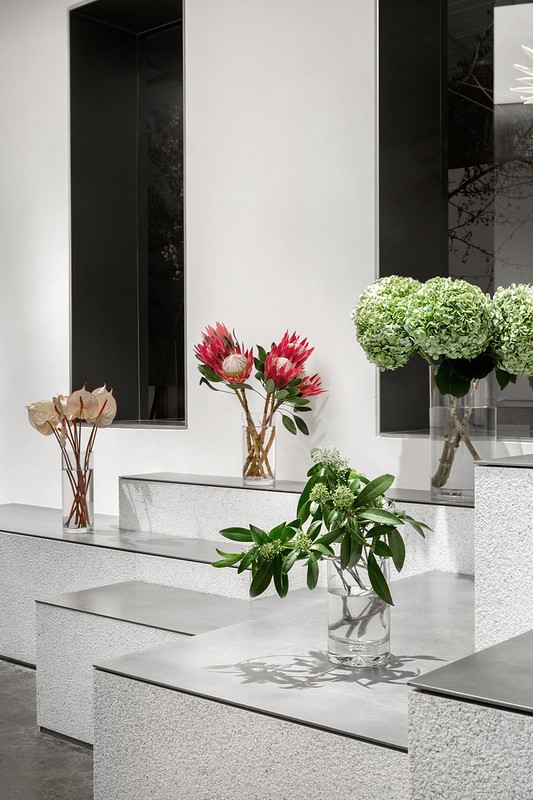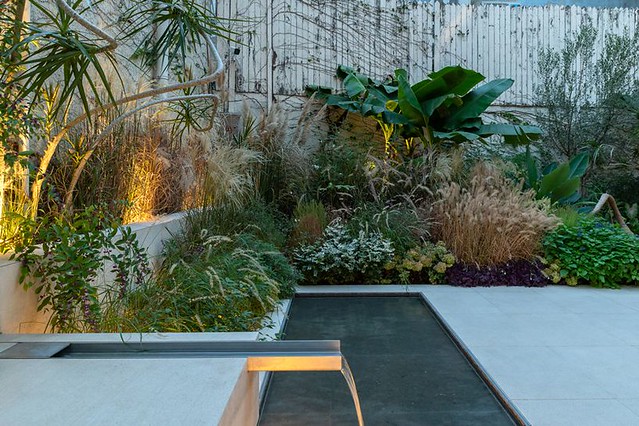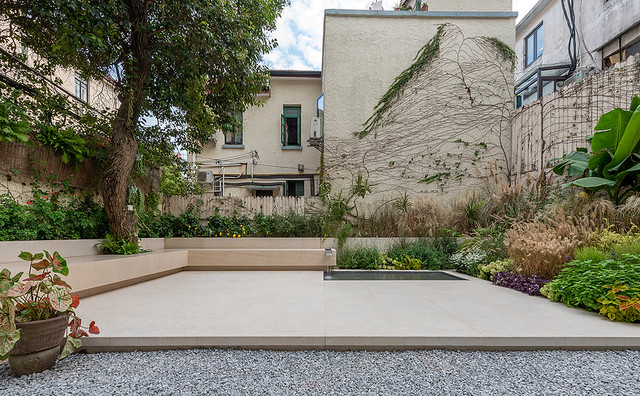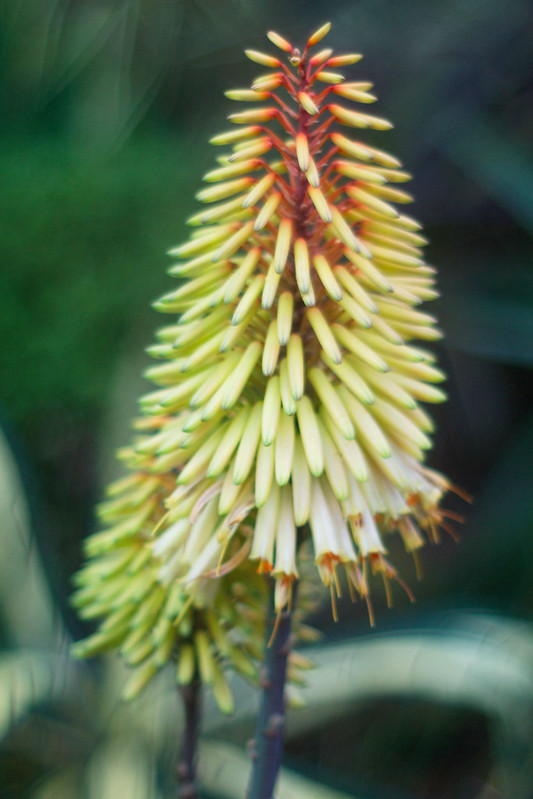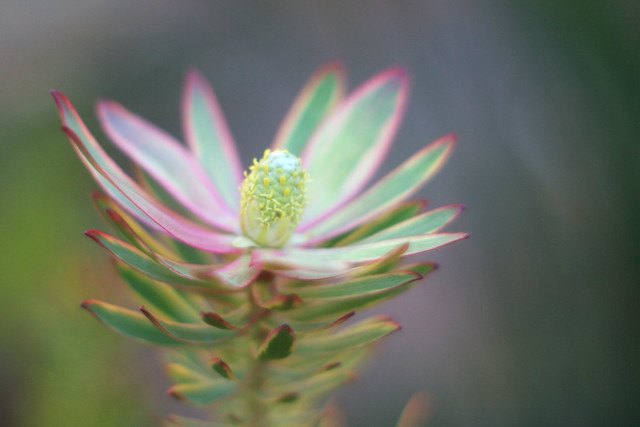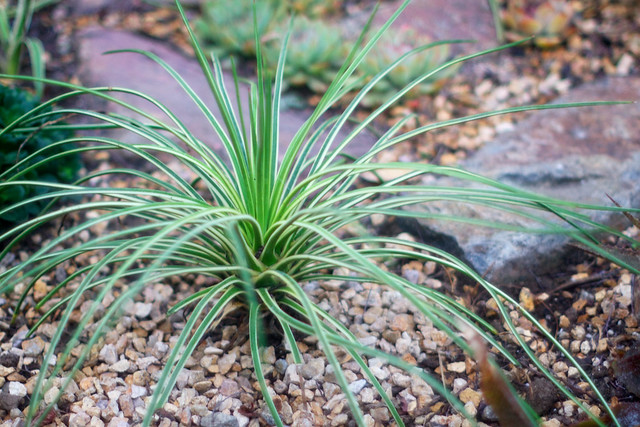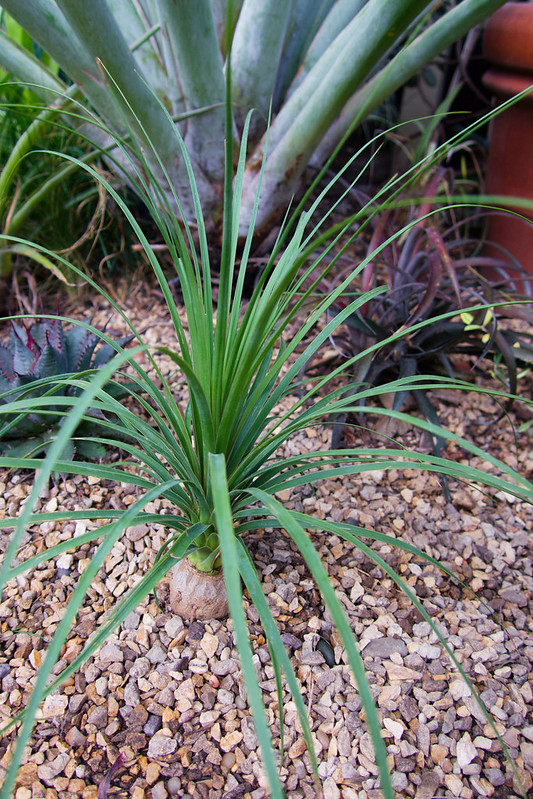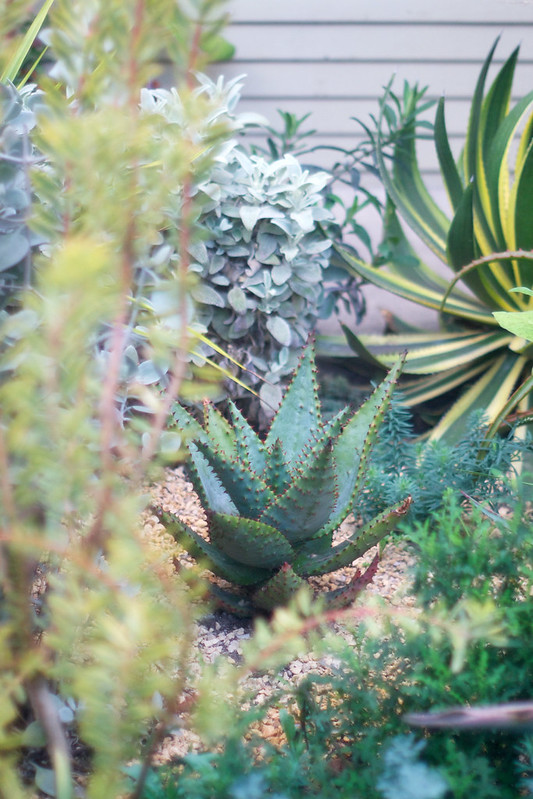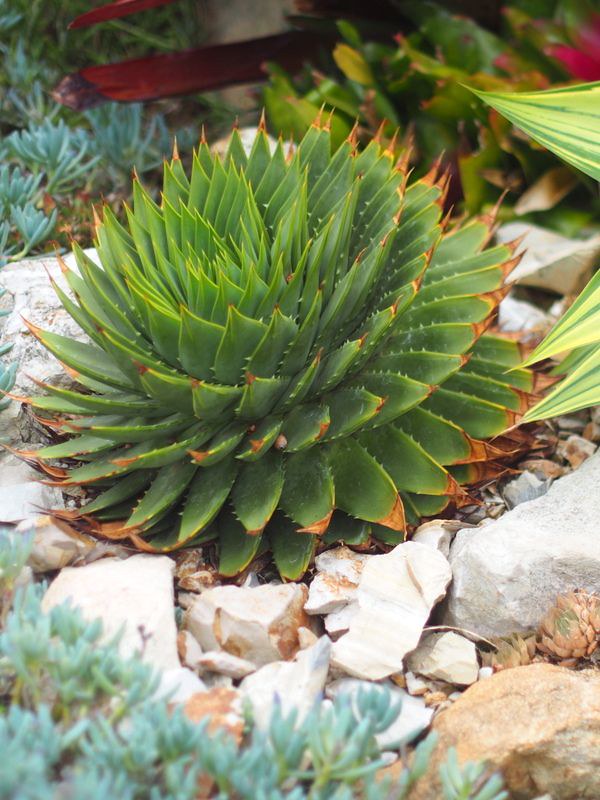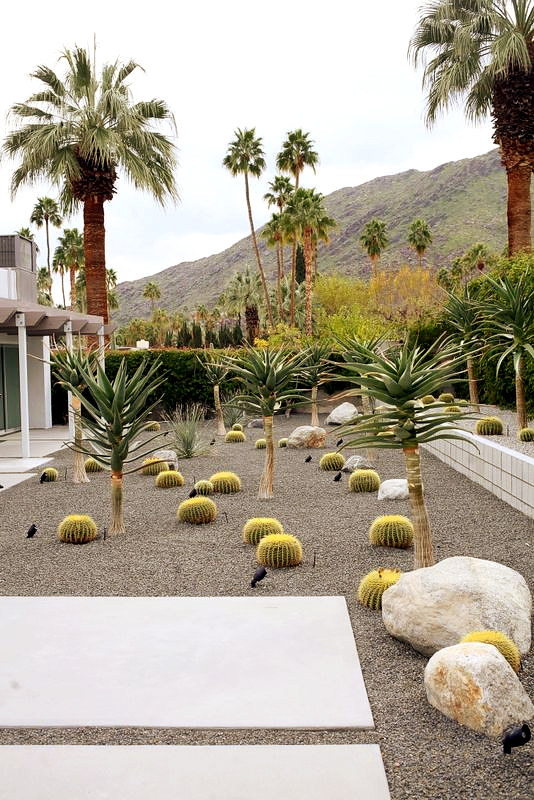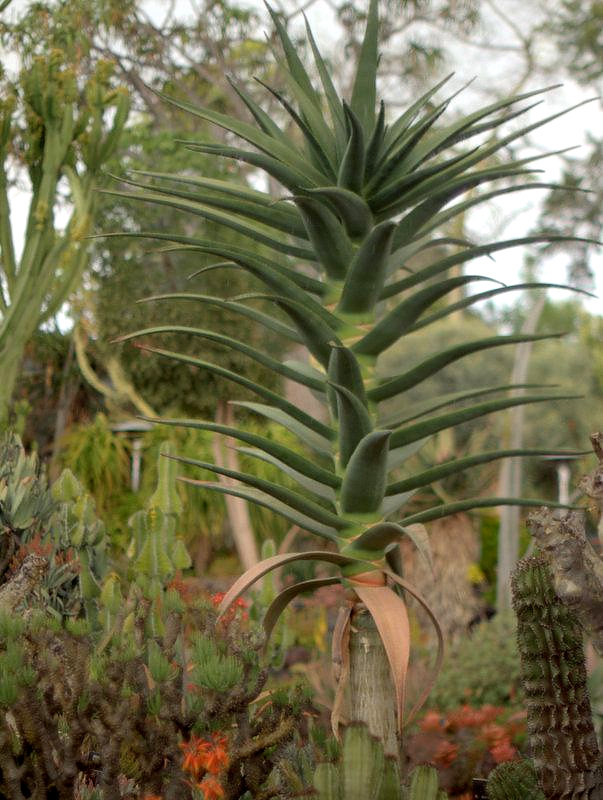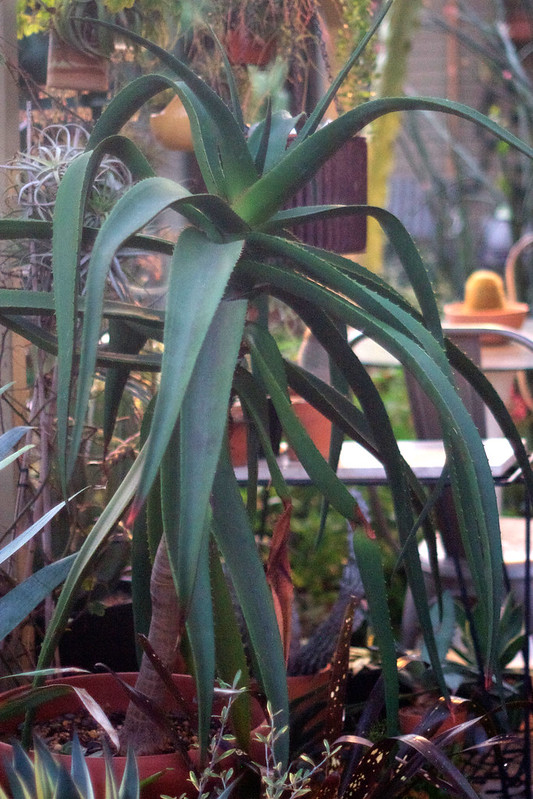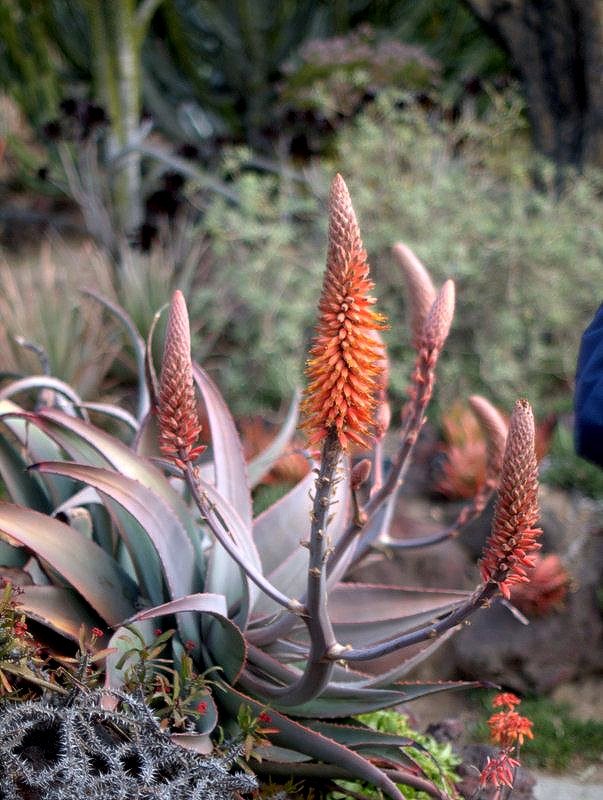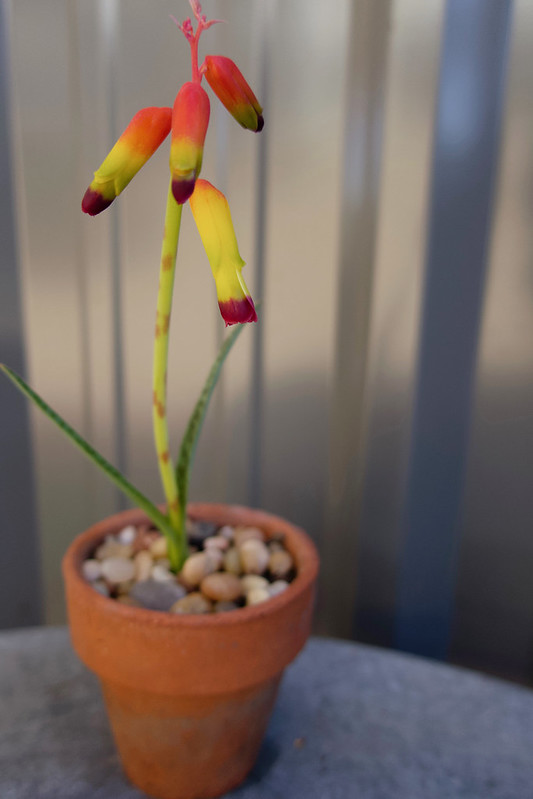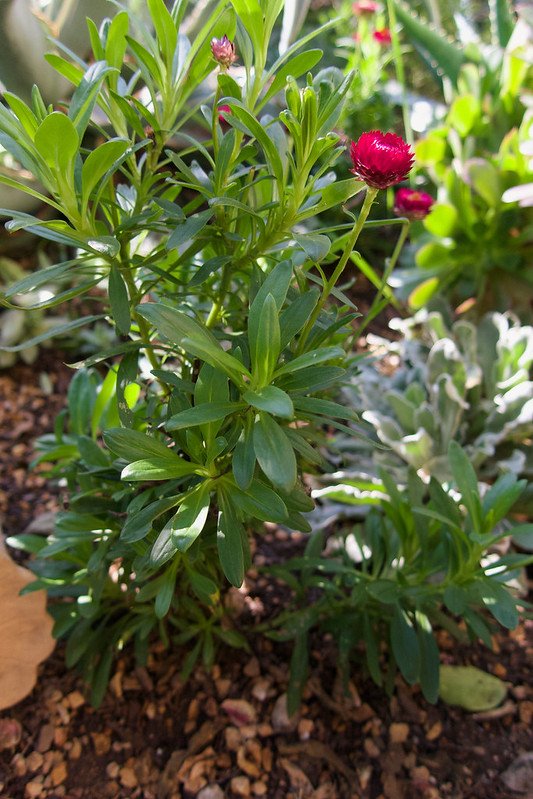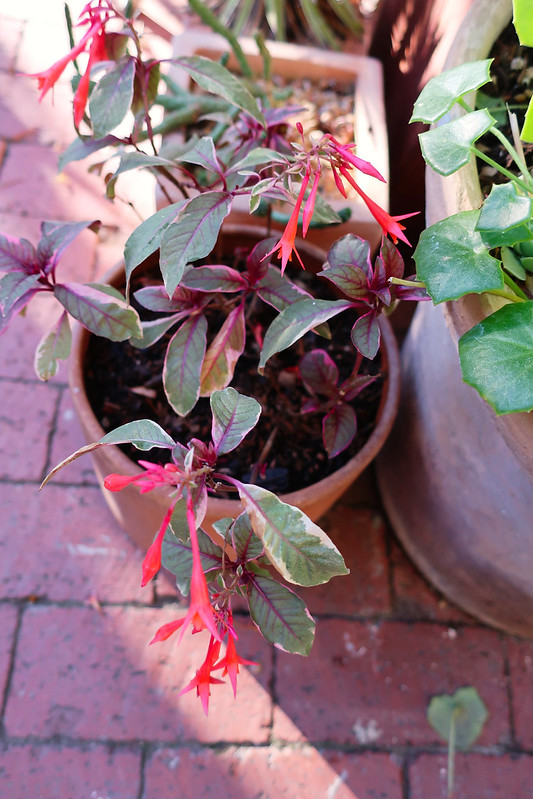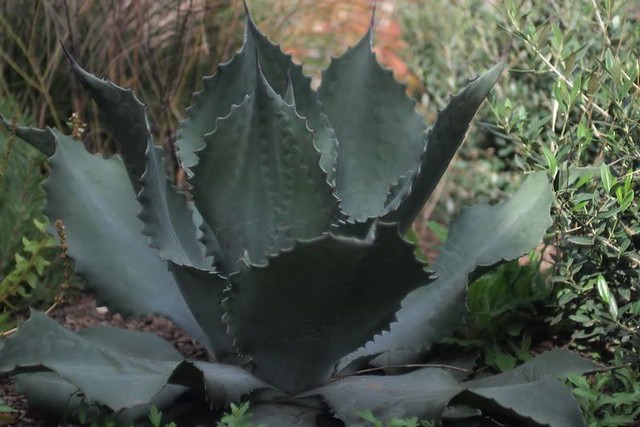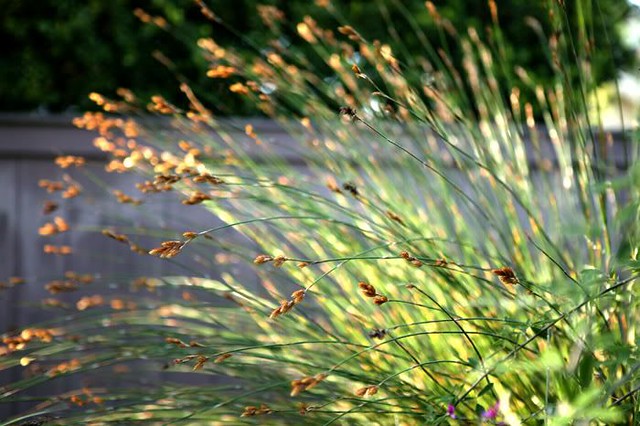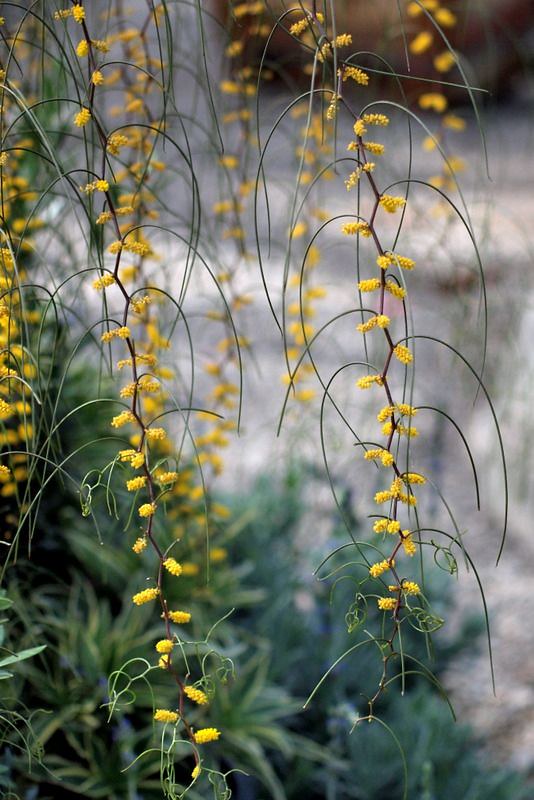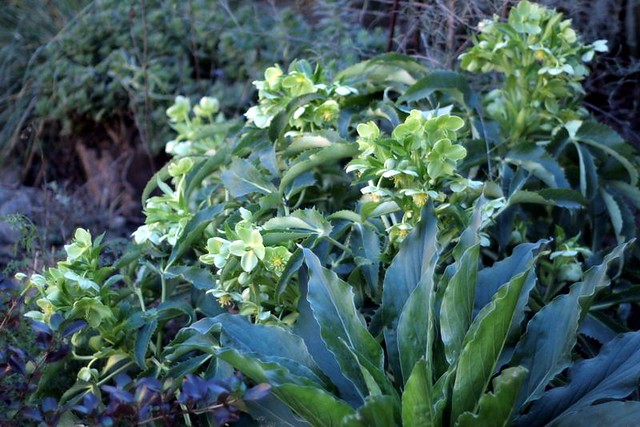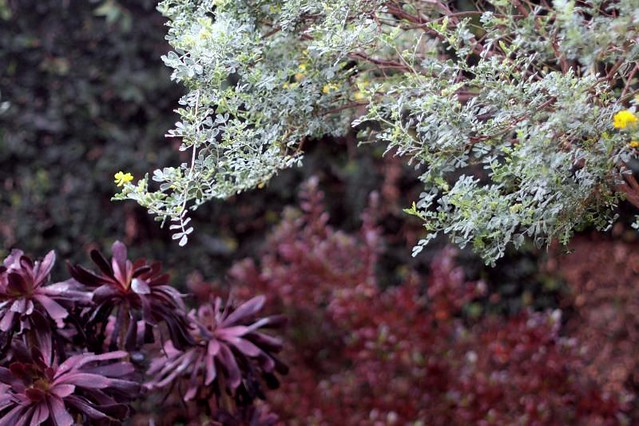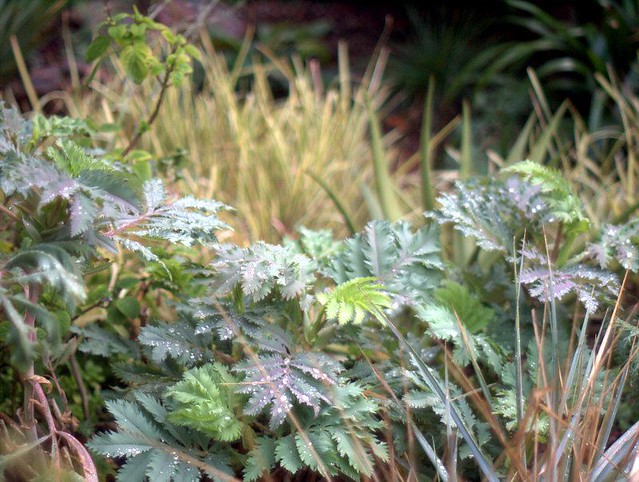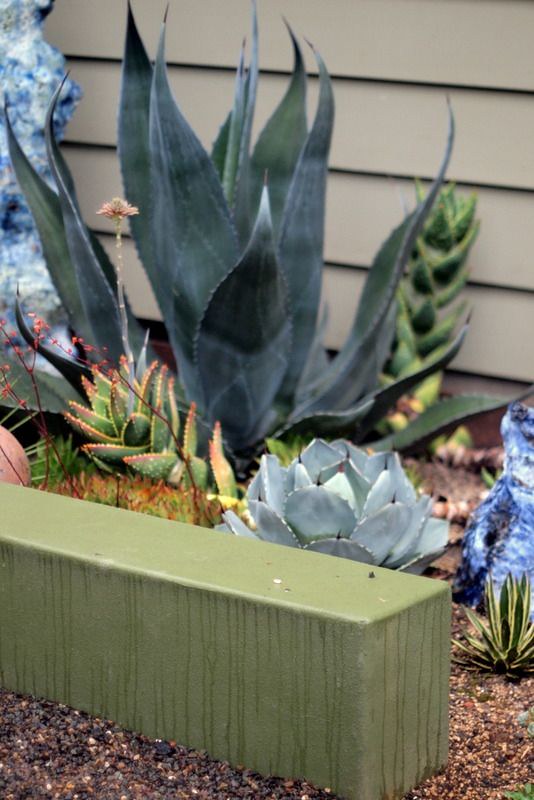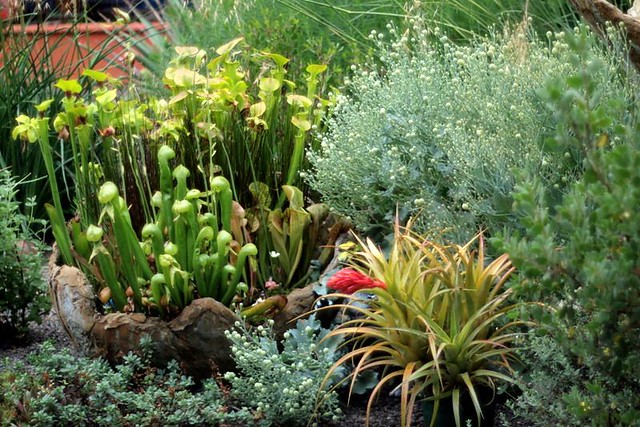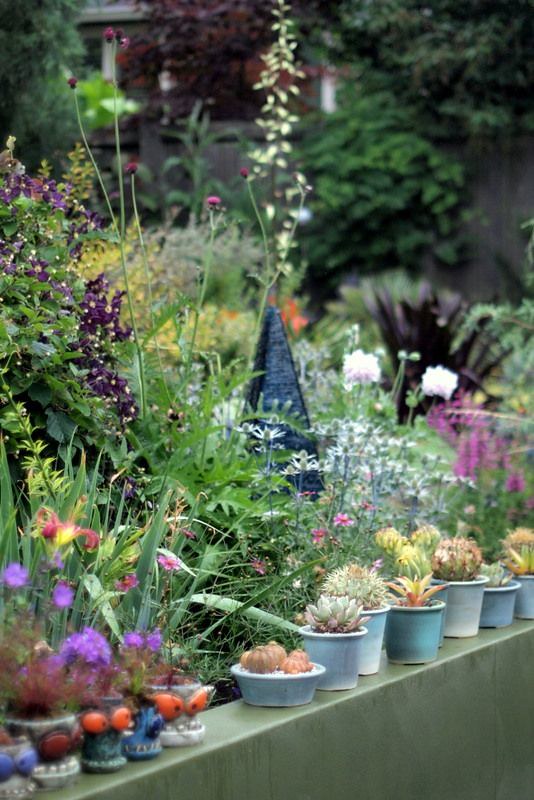There were worrisome rumors, and then came the confirmation in the Spring 2021 catalogue that arrived in the mailbox this week: Annie Hayes, of Annie’s Annuals and Perennials, is retiring.
You may need to grab a box of tissues or steady yourself with a shot of liquid courage before continuing with my garden’s tribute to this dynamo of a nurserywoman. Yes, it is a loss, but it’s one we can all bear because Annie is right here with us in our gardens. I’ve got her plants all over the place! Annie’s legacy flows from her garden philosophy, from her selection of so many plants that self-sow and return every year. Generous, exuberant, out of the ordinary — I’ve never met Annie but I imagine she’s a lot like the plants she loves and sends forth into our gardens. And the nursery she built will continue with lots of new customers paying attention in 2021 — “2020 was historically the busiest year ever for nurseries” she writes in the spring 2021 catalogue.
Using my own garden, I’m going to try to quickly sketch what this nursery that began in 1989 in her Richmond, California backyard means to plant lovers everywhere. Her taste in plants, her eye for what’s cool permeates my garden now and has done so for decades. (But we’ll try to keep this brief and confined to the present day!)
It is axiomatic that gardens need plants. Your local nursery has plants. You shop there but, possibly like me, are often frustrated by the pedestrian selection. Annie offered a game-changing alternative: “We select the plants we grow not only for their beauty and/or fragrance, but most often for the natural grace and charm they add to our gardens (so often missing in modern hybrids found at “big box” garden centers).”
In addition to the adventurous inventory of rare and hard-to-source plants, I think what really made us loyal repeat customers was the fact that the plants sold were fastidiously packaged for shipping and raring to grow in our gardens. Annie’s well-grown plants are sold unapologetically “in the green” — the lush catalogue photos and descriptions and spectacular display grounds at the nursery fill in any blanks in imagining their garden potential. She resolutely resisted all the growing tricks commercially employed to rush plants into bloom to push sales: “Here at “Annie’s,” we grow most of our plants the old fashioned way – from seed – in the wind, rain and sun (no greenhouses), so your plants are already “hardened off,” healthy and strong when you take them home. All of our plants are grown in 4″ pots without the use of growth regulating hormones, commonly sprayed on almost all annuals and most perennials by large scale growers. These growth regulators slow plant growth and extend “shelf life” but can lead to disappointing results in our gardens.”
Annie is a self-described “flower floozie,” yet so many of her plants in my garden are all about the leaves. Under her guidance, the nursery offered a range of plants to satisfy flower floozies and foliage connoisseurs alike. I often felt like we shared the same horticultural brain as far as plant obsessions like puya, nicotiana, echium, sideritis: “Along with offering an amazing number of garden treasures, we also specialize in Mediterranean climate varieties from around the world, including wondrous South African annuals, perennials and shrubs.”
Annie’s was the zone 10 nursery of my dreams. And now I am so spoiled. I am always caught by surprise if I happen to order from other nurseries and, at the end of the transaction, I am informed that the plant will ship in months instead of days or a few weeks. I forget that their production schedule is zones apart from Annie’s zone 10, year-round growing season. If a plant is listed as available in her catalogue, it’s ready to go, so get that planting hole ready pronto.
And though her nursery ships across the country, it often feels like my own private horticultural resource, tailored to the growing seasons of coastal California, including our mild winters. Cloud forest exotics and Canary Islanders that flourish in zones 9 and 10 rub elbows in her catalogue with many of our wildflowers and natives.
The jubilant tag “self-sows!” she adds to catalogue descriptions is a signature flourish that always grabs my attention: “I also love the old-fashioned annuals because they self-sow so easily (again, unlike modern hybrids), delighting us with lots of free plants each year, along with the serendipitous and surprising flowering combinations they provide.”
Nobody offers a list of poppies stronger than Annie. Nobody.
Annie Hayes, you have had a profound and transformational impact on my garden. And, coincidentally, inspired by your example, I’ve recently become reacquainted with growing plants from seed. You make it look so easy! (Most of my efforts that germinated suspiciously resembled nicotianas — and because of a fatal mistake of mixing in garden soil into the growing medium, they mostly were!)
Annie’s influence is everywhere in my garden. This winter I’m finding seedlings of the annual Coreopsis tinctoria ‘Tiger Stripes’ (“self-sows!”) — thank you, Annie! Keep us posted on your new adventures in plants and gardens.



